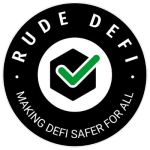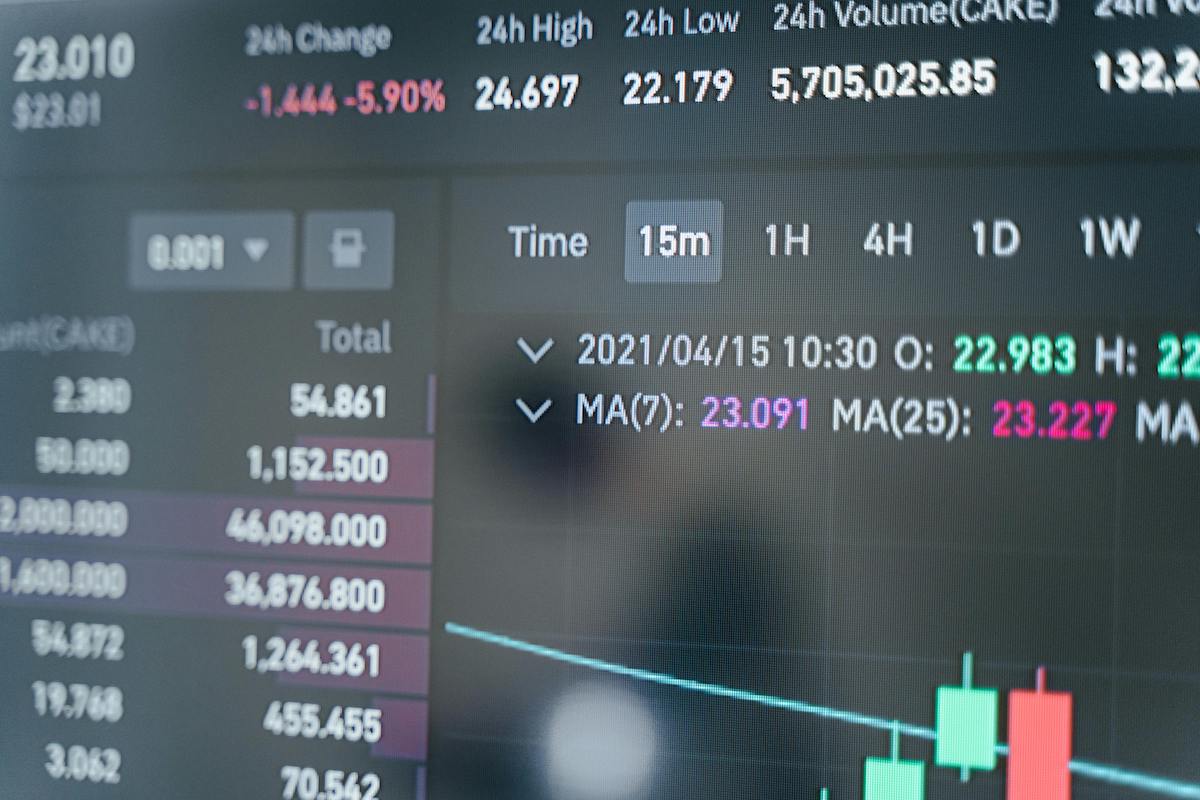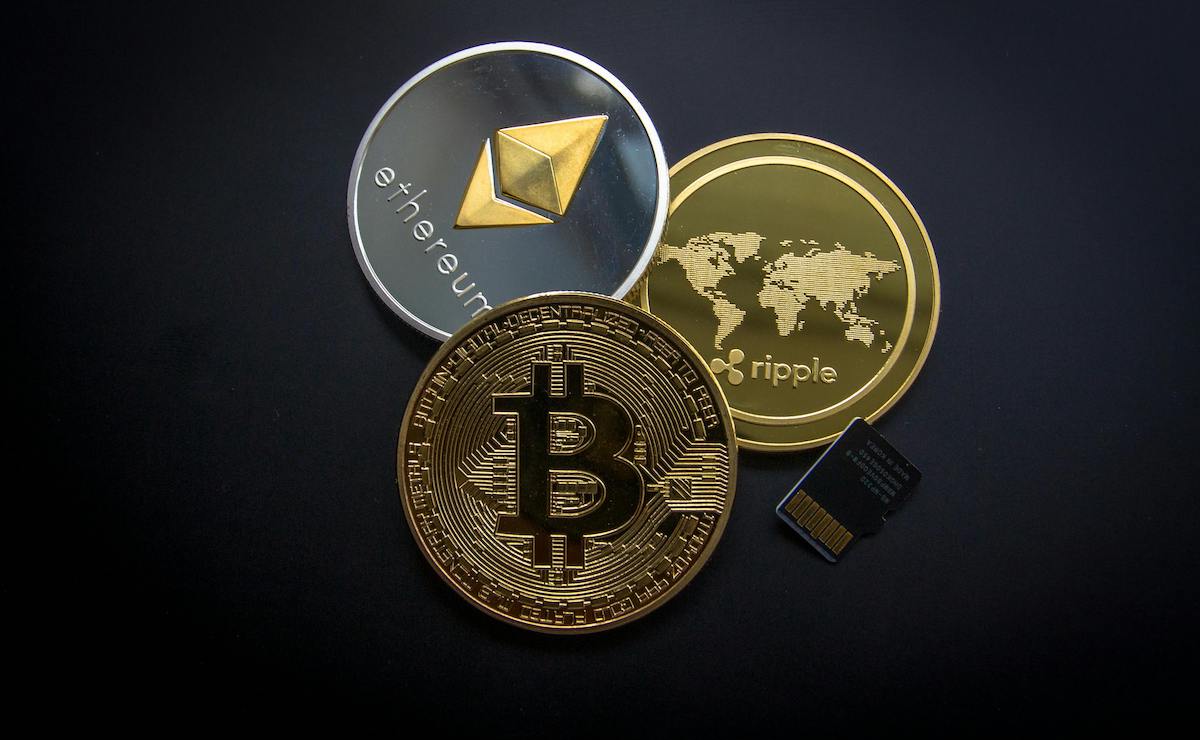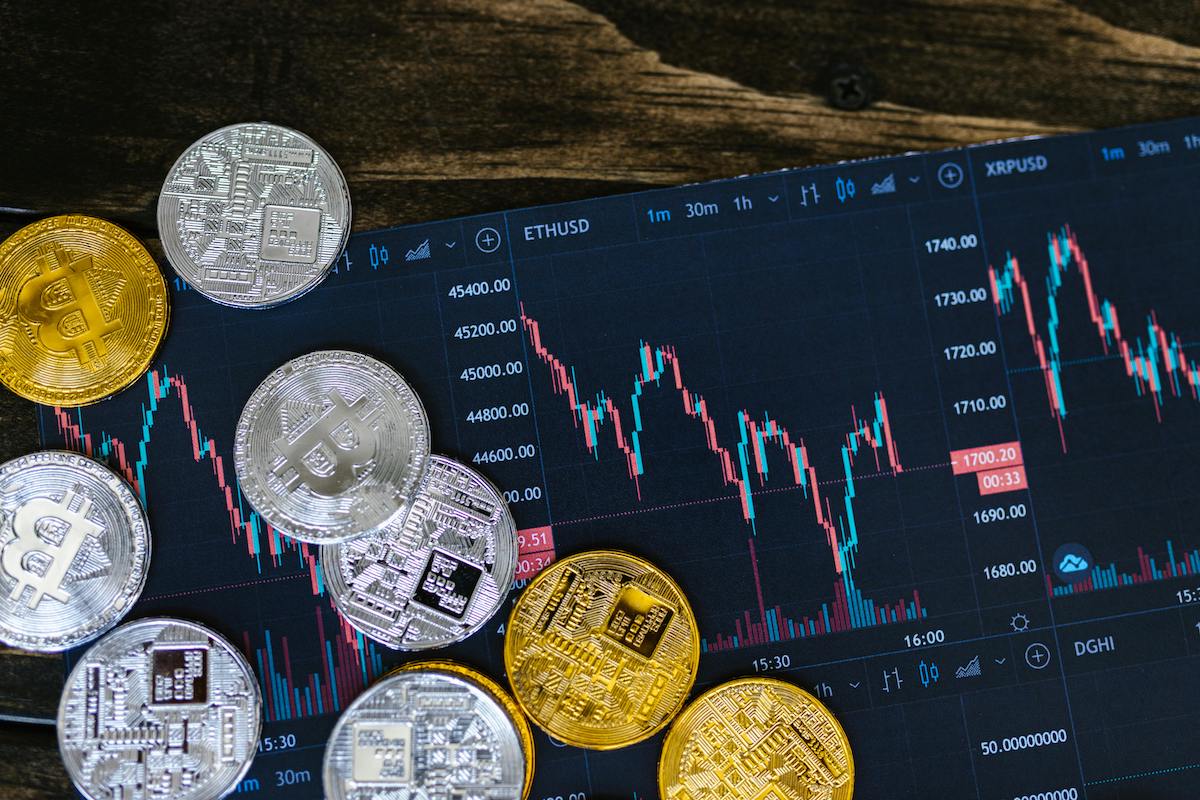Decentralized Finance (DeFi) has emerged as a transformative force in the financial industry, revolutionizing how individuals access and interact with financial services. The rise of DeFi exchanges represents a pivotal shift towards a more inclusive, transparent, and decentralized financial ecosystem. This article explores the evolution, key characteristics, advantages, and challenges of decentralized exchanges within the DeFi landscape. By delving into the regulatory considerations, future outlook, popular platforms, and user experience trends, we aim to provide a comprehensive overview of the growing significance of decentralized finance exchanges in shaping the future of finance.
Decentralized Finance (DeFi)
Understanding DeFi Ecosystem
So, you’ve heard about DeFi, but what is it really? Imagine traditional finance, but without the middlemen in fancy suits calling the shots. DeFi is all about cutting out the big financial institutions and giving power back to the people. Think of it as finance for the masses, by the masses.
Significance of DeFi in Financial Markets
DeFi isn’t just a buzzword – it’s a game-changer. By allowing anyone with an internet connection to access financial services like lending, borrowing, and trading, DeFi is leveling the playing field. It’s like bringing Wall Street to Main Street, but without the suits (and with a lot more transparency).
Evolution of Decentralized Finance Exchanges
Traditional vs. Decentralized Exchanges
Traditional exchanges have long been the gatekeepers of the financial world, controlling who gets to trade and at what cost. Decentralized exchanges, on the other hand, operate on blockchain technology, meaning trades are peer-to-peer and trustless. No more waiting for a central authority to approve your transactions – DeFi exchanges give you the freedom to trade on your terms.
Technological Advancements Driving DeFi Exchange Growth
The beauty of DeFi exchanges lies in their adaptability. With innovations like automated market makers and smart contracts, DeFi exchanges can offer lower fees, faster transactions, and greater security than their traditional counterparts. It’s like upgrading from a flip phone to the latest smartphone – only this time, your money is the one getting the upgrade.
Key Characteristics of DeFi Exchanges
Peer-to-Peer Trading
Gone are the days of relying on intermediaries to facilitate trades. DeFi exchanges allow users to trade directly with each other, cutting out the need for middlemen and making transactions faster and more efficient. It’s like selling your old stuff on Craigslist – but instead of meeting up in a sketchy parking lot, you’re exchanging digital assets safely and securely.
Non-Custodial Nature
One of the biggest perks of DeFi exchanges is their non-custodial nature. Unlike traditional exchanges that hold onto your funds (and sometimes make you jump through hoops to access them), DeFi exchanges let you keep control of your assets at all times. It’s like keeping your money under your mattress, except in this case, your mattress is encrypted and hacker-proof.
Advantages and Challenges of Decentralized Exchanges
Advantages of DeFi Exchanges
DeFi exchanges offer a slew of benefits, from lower fees and faster transactions to increased privacy and security. By cutting out the middlemen, DeFi exchanges empower users to take control of their finances and trade with confidence. It’s like having your own personal financial advisor – only this time, they’re working for you, not against you.
Challenges and Limitations
Of course, no technology is without its challenges. DeFi exchanges still face issues like liquidity constraints, regulatory uncertainty, and security vulnerabilities. But as the DeFi space continues to evolve and innovate, these challenges are gradually being addressed. It’s like riding a bike for the first time – you might stumble at first, but with a little practice, you’ll be cruising down the decentralized highway in no time.
Regulatory Landscape and Future Outlook
Regulatory Considerations for DeFi Exchanges
When it comes to decentralized finance exchanges (DeFi), navigating the regulatory landscape can feel like trying to find your way out of a maze blindfolded. The lack of centralized authority and anonymity can make regulators break out in hives faster than you can say “smart contract.” As governments and regulatory bodies scramble to catch up with this fast-paced world of DeFi, it’s like a game of cat and mouse where the rules are being written as the game is being played. Buckle up, folks, it’s going to be a bumpy ride.
Future Trends and Potential Developments
Peering into the crystal ball of decentralized finance exchanges, we see a future brimming with possibilities. From enhanced security features to improved interoperability between different blockchain networks, the road ahead is paved with innovation. With the rise of decentralized autonomous organizations (DAOs) and the integration of artificial intelligence, the future of DeFi exchanges is as bright as a supernova. Keep your eyes peeled, because the only constant in the world of DeFi is change.
Popular DeFi Exchange Platforms
Overview of Leading DeFi Exchanges
When it comes to popular DeFi exchange platforms, it’s like trying to choose your favorite flavor of ice cream – there are just too many delicious options to pick from. From Uniswap to SushiSwap, these platforms offer a smorgasbord of services that cater to both seasoned traders and DeFi newbies alike. With features like liquidity pools, yield farming, and decentralized governance, these platforms are like the candy store of the crypto world – you’ll want to try them all.
Features and Functionality Comparison
Comparing the features and functionality of different DeFi exchange platforms is like trying to decide between a Tesla and a Lamborghini – they both have their unique strengths and appeal. Some platforms focus on user-friendly interfaces and low fees, while others prioritize security and advanced trading options. Whether you’re a DeFi enthusiast looking to dive into the deep end or a cautious investor dipping your toes in the water, there’s a DeFi exchange platform out there with your name on it.
User Experience and Adoption Trends
User Interface Design in DeFi Exchanges
User experience in DeFi exchanges is like the icing on the cake – it can make or break your trading journey. From intuitive interfaces to seamless navigation, a well-designed user experience can turn a daunting DeFi exchange into a user-friendly playground. With the rise of mobile trading apps and responsive web design, accessing DeFi exchanges has never been easier. So, buckle up and get ready for a smooth ride through the world of decentralized finance.
Adoption Statistics and Market Growth
As adoption of decentralized finance exchanges continues to soar, it’s like watching a rocket ship blast off into space – the sky’s the limit. With growing interest from institutional investors and retail traders alike, the market for DeFi exchanges is expanding faster than you can say “blockchain.” From rising adoption statistics to increased market liquidity, the future of DeFi exchanges looks brighter than a double rainbow. So, strap in and get ready to ride the wave of decentralized finance straight into the future.In conclusion, the rapid growth and innovation witnessed in decentralized finance exchanges signify a paradigm shift towards a more democratized and accessible financial system. As DeFi continues to evolve and gain mainstream acceptance, it is essential for stakeholders to navigate the regulatory landscape, address challenges, and capitalize on the vast opportunities presented by this transformative technology. With user experience enhancements and increasing adoption trends, the future of decentralized finance exchanges appears promising, heralding a new era of financial empowerment and inclusivity for individuals worldwide.





